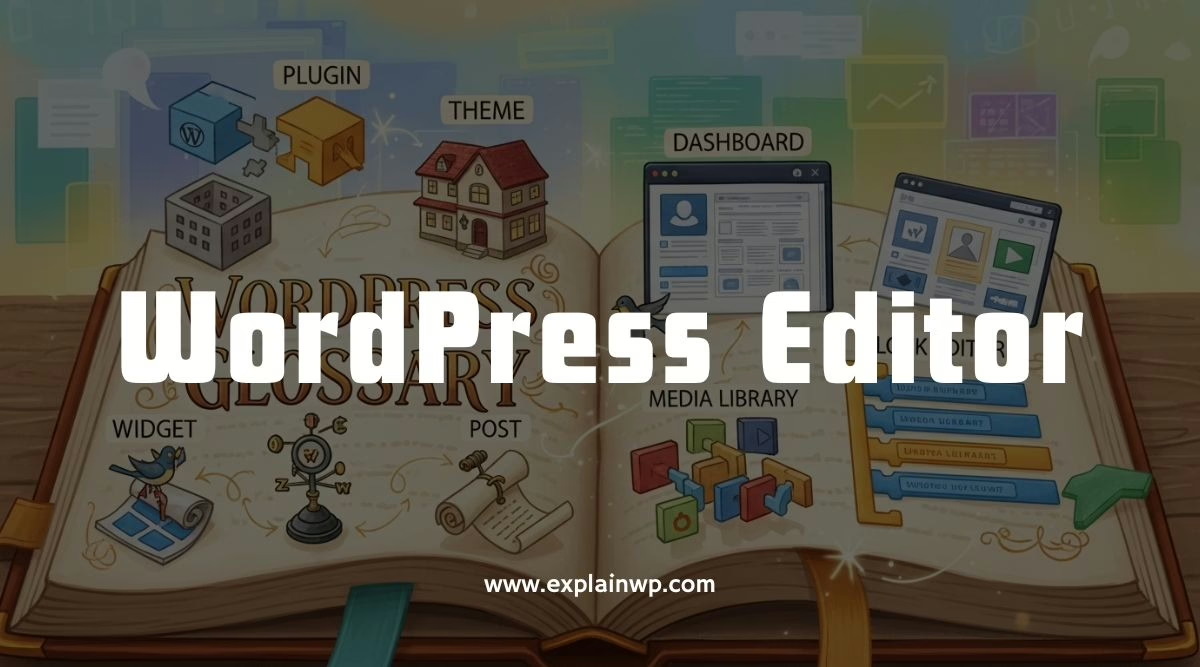Editor

This article explores the responsibilities and customization options available to editors in the popular content management system.
Editors in WordPress have the ability to create, edit, publish, and delete content, as well as manage categories, tags, and custom taxonomies.
They also play a crucial role in maintaining the quality of content by proofreading articles before publication.
With the ability to oversee multiple authors and customize their role, editors serve as valuable assets in managing and optimizing content on WordPress websites.
Summary & Key Takeaways
Show
Key Responsibilities of an Editor in WordPress
One of the key responsibilities of an editor in WordPress is to oversee multiple authors and maintain the quality of content by proofreading articles before publishing.
The editor plays a crucial role in managing the content on the website, ensuring that it meets the desired standards and aligns with the overall goals of the organization.
By carefully reviewing and editing articles, the editor ensures that the content is error-free, coherent, and engaging for the audience.
This involves checking for grammatical and spelling errors, as well as ensuring that the content is accurate and well-structured.
The editor also provides feedback and suggestions to the authors, helping them improve their writing skills and maintain consistency across the website.
Through their meticulous proofreading and attention to detail, the editor ensures that the published content upholds the desired level of professionalism and authority.
Customizing the Editor Role for Optimal Performance
To optimize performance, the capabilities of the editor user role can be tailored to specific needs through customization options in WordPress.
By customizing capabilities and managing user roles, website administrators can create a more efficient workflow and enhance the overall functionality of their WordPress site.
The following are three ways in which the editor role can be customized for optimal performance:
- Restricting access to certain pages: Administrators can limit the editor’s ability (or a contributor) to edit or delete specific pages, ensuring that only authorized individuals can make changes to important content.
- Modifying user capabilities: Administrators have the ability to add or remove specific capabilities for the editor role. This allows for a more granular control over what actions the editor can perform, giving administrators the power to fine-tune the editor’s responsibilities.
- Defining editorial workflows: By implementing a structured editorial workflow, administrators can streamline the content creation and publishing process. This ensures that the editor, along with other user roles, knows their responsibilities and follows a standardized approach to content management.
The Importance of an Editor in Managing Multiple Authors
The presence of an editor is crucial in effectively managing multiple authors and ensuring the smooth operation of a WordPress site.
An editor plays a pivotal role in coordinating the content produced by different authors, ensuring that it aligns with the overall objectives and maintains editorial consistency.
This involves overseeing the submission and review process, providing feedback and guidance to authors, and ensuring that the content meets the site’s standards and guidelines.
Additionally, the editor is responsible for proofreading and editing the content before it is published, ensuring that it is error-free and of high quality.
